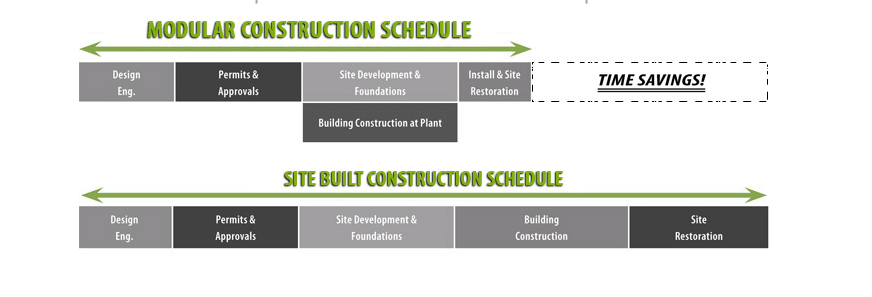
by MiTek Buildability
“This morning at work, I opened my precision manufactured computer, which was sitting on precision manufactured desk. I checked my precision manufactured phone, and I planned to drive my precision-manufactured car to my precision manufactured home at the end of the day.” Except for the manufactured home, you probably wouldn’t hesitate to purchase the items listed above, because you know they are made in a controlled manufacturing environment.In fact, you are probably more likely to buy precision manufactured products, because their quality and consistency are assured.
The reason for your aversion to the manufactured home is simple:
It’s an association with the past. When someone says they live in a manufactured house, you may think of poor-quality H.U.D. homes, or the homes in trailer parks, or FEMA trailers: Sub-standard products, built with flimsy materials, and even flimsier designs and workmanship.
You may be surprised to learn that much of the structural framing in America’s highest-quality homes has been pre-fabricated, a.k.a. precision-manufactured. Indeed, the structural requirements and tight tolerances required for today’s high-quality homes are really difficult to achieve if you are building on home on site, piecing it together from stacks of lumber.
Even though the buildings are produced in separate “modules”, when assembled together on site, they will reflect the identical design and specifications of the most sophisticated site-built building – without compromise. Structurally, modular construction is generally stronger than conventional construction because each module has to be engineered to independently withstand the stresses of transportation and craning onto foundations. Once together and sealed, the modules become one integrated wall, floor and roof assembly.
Building off site can enhance construction site management. Materials that are delivered to the factory location are safely and securely stored in the manufacturer’s warehouse to prevent damage or deterioration from moisture and the elements. Factories have stringent QA/QC programs which are overseen by state approved third party engineering companies. This promotes superior quality of construction every step of the way.
In addition to enhanced quality management and improved completion time, modular construction offers numerous other benefits to homebuyers and project owners. Approximately 80% of the building construction activity is done off site. This reduces the risk of theft, decreases the risk of vandalism, and enhances the overall efficiency of the construction process. For example, onsite, tradesmen and laborers don’t have to waste time and effort to bring themselves to every single jobsite to work outside in the elements. In a factory, the modules are always built in the same place and the modules move to the tools, not the other way around.
For architects, designers, and homeowners alike, Impresa Modular can work with levels of design and construction sophistication that can exceed expectations and even rival site built construction. It is always beneficial to bring us in early when exploring using modular construction so that we can insure that any plans and designs are built around this method of construction. This helps to avoid the need to redesign to gain efficiencies from the modular construction process. However, we can always take an existing design and work with homeowners to “modularize” for off-site construction and transport
As more states adopt higher energy requirements for new construction and as the existing construction labor force continues to dwindle, modular construction becomes a natural fit to meet today’s housing and overall construction needs.
